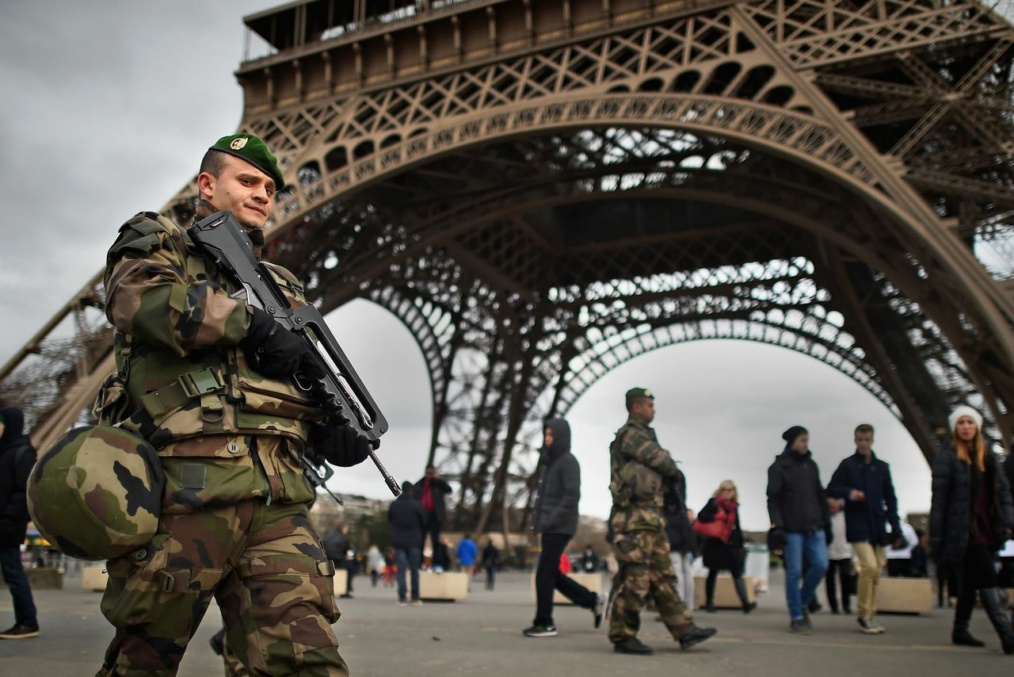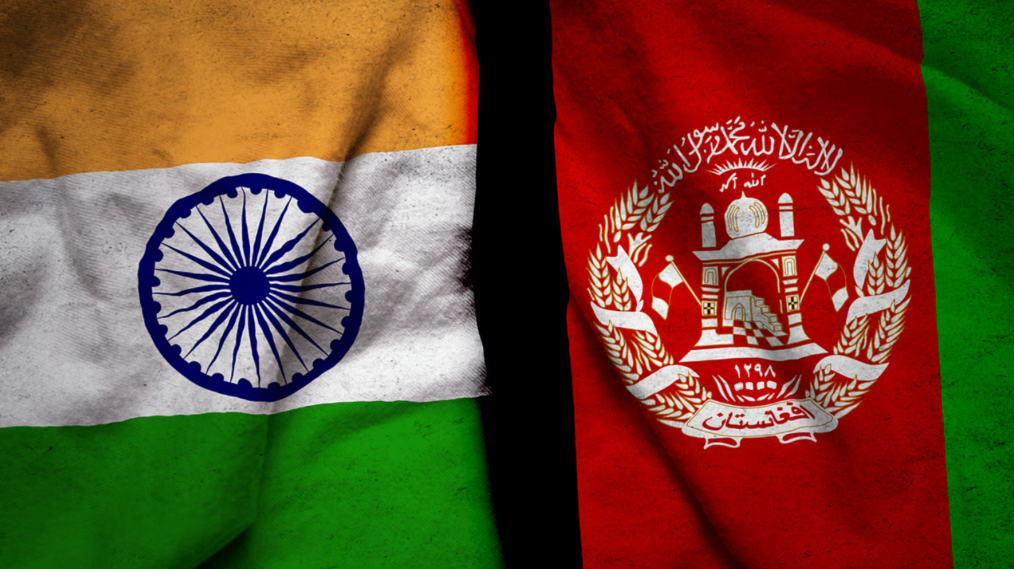When Russia invaded Ukraine this past February, there were a number of articles surrounding the logistics and numbers concerning the war. The most prominent angle which outside observers have viewed the conflict is through a tactical and logistical lens. However, the humanitarian aspect of the Russo-Ukrainian War has taken a secondary facet behind the backdrop of a great-power competition. Granted, it is important for policymakers to understand the state of the conflict to best support the Ukrainian’s struggle to retain their sovereignty. However, policymakers must also comprehend the scale of the human security and humanitarian crisis facing Ukrainian civilians.
Human Security Issues for Those in Ukraine
When Russia amassed troops along their border, many Ukrainians did not believe that such a move would coincide with a full-blown Russian invasion. When the eventual invasion did come, they were caught off guard due to the assumption that it was merely the latest saber-rattling by Russia to force the West to address their security concerns.
During the initial days of Russian offensive operations, the majority of targets were Ukrainian military installations throughout the country and Ukrainians residing in urban cores such as Kyiv were able to find refuge in the metro systems.
As Russia’s invasion has progressed, Russia has become increasingly mired due to logistical woes and coordinated Ukrainian resistance. Amid President Putin’s growing frustration with Russia’s military command as well as Russian intelligence officials, there has been a pivot of military strategy toward overwhelming and indiscriminate firepower. This worrying new phase in the war can be seen in Russia’s latest assault on Lviv which had been a reprieve for those who had been displaced by the conflict.
Further compounding the critical human security issues faced by the civilian population has been the deployment of mercenaries to Ukraine. The most notable PMCs to have reportedly joined the invasion has been the infamous Wagner Group. The group has been a key part of Russia’s realpolitik which has enabled its autocratic allies to stay in power through employing whatever means it deems necessary to quell dissent.
Furthermore, there is the increasing prospect of Syrian mercenaries being sent inside Ukraine. The presence of these mercenaries poses the risk of subjecting Ukrainian civilians to some of the worst human rights abuses since the Syrian Civil War, where the mercenaries honed their skills upon the Syrian populace.
Additionally, the quality of life for the average Ukrainian has decreased greatly since the invasion began. Infrastructure critical to the well-being of Ukrainians, such as clean water, have been ravaged by the fighting. The advancing Russians have also destroyed institutions which are vital to their health irrespective of long held international norms.
With an intensification of the conflict imminent, it is likely that Ukraine’s plight will grow more desperate without the intervention of outside groups to replace the lost institutions. Without such an effort, the conflict in Ukraine is likely to deteriorate into one of the world’s worst humanitarian crises.
The Nations Taking In Ukrainian Refugees
While the world has been galvanized by the difficult circumstances which Ukrainians find themselves in, the scale of the human migration has been difficult to comprehend for Western policymakers, as they have opened their borders to meet the immediate needs of the refugees. According to data from the United Nations High Commissioner for Refugees (UNHCR), over three million Ukrainians have fled the conflict to seek protection in neighboring states.
The largest proportion of refugees have gone to Poland with more than a million refugees reported as fleeing toward Warsaw and other Polish towns. Although Poland has provided an outpouring of support to the refugee population, the support that they are able to impart is becoming increasingly strained due to the constant flow of displaced Ukrainians, especially as Russia intensifies its operations in the country.
Another nation which is feeling the strain of the Ukrainian refugee crisis is neighboring Moldova. Granted, there are other bordering nations such as Hungary which have taken in a considerable amount of refugees. Moldova however, has received the highest amount of fleeing Ukrainians per unit of population. In a bid to alleviate its logistical woes, Moldova has called upon the United States to lend humanitarian assistance. All of this comes as the country declared a state of emergency in light of Russia’s invasion of its neighbor.
Policy Options for Western States
Given the current circumstances which fleeing Ukrainians face, it is clear that a sustained multilateral response is required. As the most immediate entity with the capacity to ease the stress faced by the nations of Eastern and Central Europe, the European Union (EU) can orchestrate a more equitable resettlement of refugees.
The EU may be able to provide shelter to those displaced from the conflict, but they must also coordinate with NGOs which have the capacity to provide for other immediate needs. They must also provide bureaucratic support to help Ukrainians stay within their borders through visas and provide state-sponsored schemes to help refugees find employment, similar to how as Poland has done.
The United States has a wide variety of mechanisms which it can implement to aid in relieving the current humanitarian crisis caused by the Russo-Ukraine War. Through its influence within the international system, the United States should advocate for humanitarian corridors leading into Ukraine’s neighboring states where there is an effective deterrence for Russia not to escalate the conflict.
On the humanitarian front, the United States can revive the refugee resettlement program and other immigration reform efforts to better accommodate the needs of the Ukrainians. This would help relieve the humanitarian duress on states like Moldova and Poland are facing.
A Defining Moment for the West
For many decades, integral parts of the West’s economic and security architecture had been taken for granted. Challenges to these institutions came when the West failed to coordinate during previous humanitarian crises, such as the Syrian Civil War. A lack of coordination gave way to a wave of right-wing populism which provided a critical threat to the decades of agreements which came to form the framework of the EU. The effective management of this humanitarian crisis is not only imperative for the values which we hold dear but also for the morale of the Ukrainians fighting for their sovereignty.
Christopher Ynclan Jr., Counter-Terrorism Research Fellow





